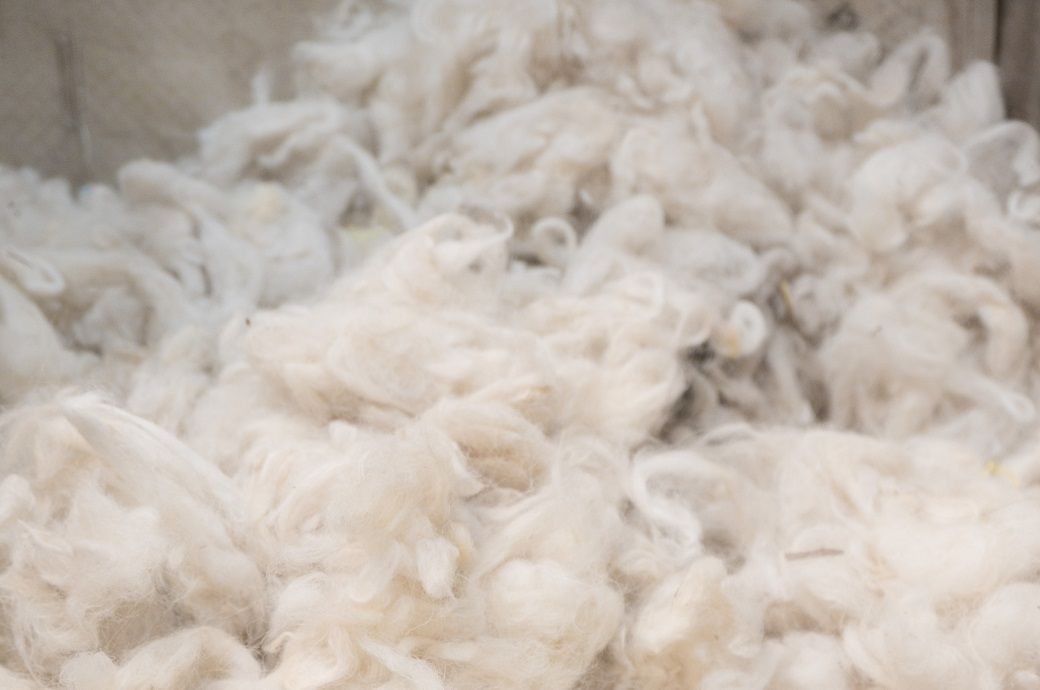
All sections of the auction buying side of the trade are facing tightening finance issues. Local logistics operations are struggling to cope with delivery and the subsequent shipping cut off demands. This is delaying payments from overseas to buyers and hampers their ability to act bullishly to the demand, thus weakening auction competition. These problems have now extended into multiple weeks. Several exporters are faced with having to carefully manage dollars available, as buyers are afforded mostly a one-week payment prompt (due date) from the selling brokers. In context, the past six weeks has seen raw wool purchases at auction exceed A$409 million, with weekly turnover of between $62 million and $70 million, the Australian Wool Innovation Limited (AWI) said in its commentary for sale week 36 of the current Australian wool marketing season.
It is perhaps a signal of the post COVID labour shortage times because on face value, the situation seems preventable. The volumes sold since the New Year sits at just 11,000 bales more or 100 additional 20 feet containers (fcl’s) needing to be prepared for and shipped. This would require a productivity gain at the wharf of just 2.9 per cent above the working rates during the adversely COVID affected March 2022 period. Even two years prior, at the height of COVID in March 2021 the sold figures were almost identical to 2022 for post new year period.
“It is disappointing that logistics, rather than demand, has largely forced wool prices lower, particularly when most normal indicators have been pointing towards an improvement. Many factors must be considered when you are in global supply chains, and unfortunately for the bottom line of exporters, this unforeseen problem is just another loss to add to the list, but commercial reality and competition does not allow for such a compensatory and ambit amount to be included is sale contracts,” the AWI commentary added.
Much of this week’s purchasing was dominated by those larger operators that have a greater access to finance and the ability to carry forward past purchases. Some heavy buying from 3 or 4 companies that are funded direct from China certainly helped sale results being lower. An impressive buy of 26.5 per cent of the crossbred wools from one exporter was a standout, as was the influence the largest local trader and the largest China top maker had. Growers have generally been happy to cash in, even though the clearance rates are around 85 per cent. ‘Normal’ weekly clearances rates are over 90 per cent when the market is firm and higher again in dearer market weeks.
About 49,000 bales are rostered to sell next week on Wednesday and Thursday.
Fibre2Fashion News Desk (KD)